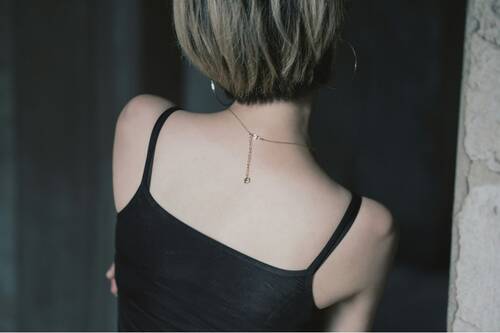MedicalResearch.com Interview with:
Dr. Baron Lonner MD
Professor of Orthopaedic Surgery
Mount Sinai Medical Center
MedicalResearch.com: What is the background for this study? What are the main findings?
Response: Adolescent idiopathic scoliosis is the most common form of scoliosis, lateral curvature of the spine, in the pediatric population. 2-3% of adolescents are affected and approximately 10% of patients require surgery. Operative treatment has traditionally involved a spinal fusion with the use of metallic implants. I personally have been practicing spine surgery with an emphasis on the treatment of the pediatric patient with scoliosis for over twenty years. During the course of my own practice, I have seen significant changes in the way my colleagues and I operatively manage adolescent idiopathic scoliosis (AIS). Being part of a group of surgeons from around the world who contribute clinical data on patients with AIS, with a database of nearly 3000 patients, a group called the Harms Study Group after Professor Jurgen Harms of Germany, an innovator in this area, and housed within the larger Setting Scoliosis Straight Foundation, I felt, now, as we reached the twenty year mark of data collection in January 2015, was the moment to look at trends in our collective experience.
Our goal was to evaluate changes in the surgical approach to AIS over this time span and to assess whether or not these changes have been associated with improvements in outcomes for the patient including decreases in complication rates. Perhaps we could learn lessons from this data, contributed by leaders in the treatment of AIS, that might inform future innovations and to be confirmatory of the trajectory of our approach to these patients.
(more…)

